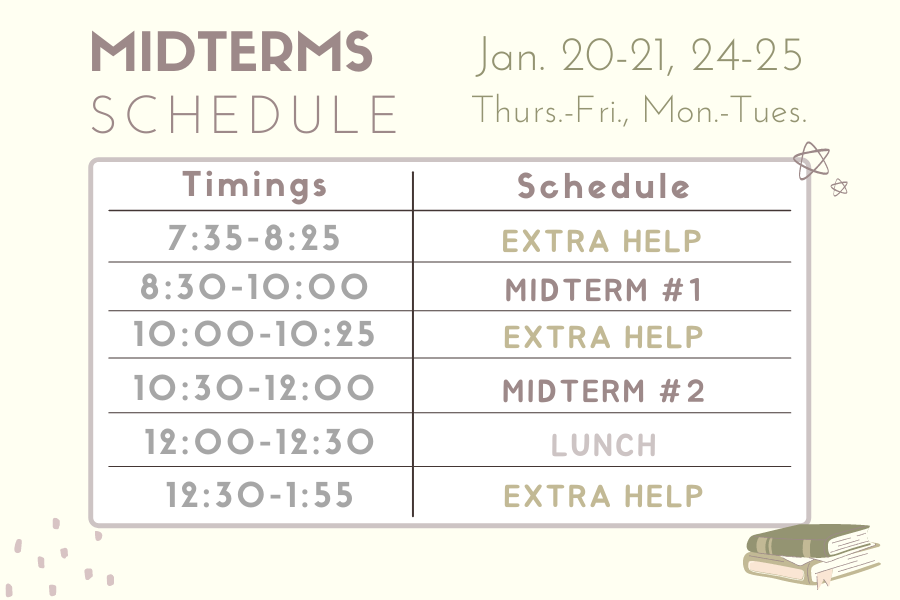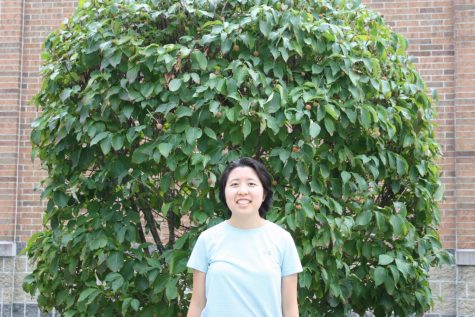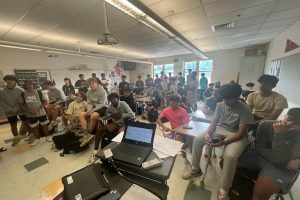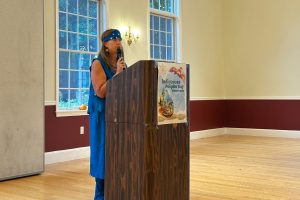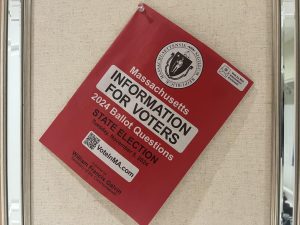Midterms return for the 2021-22 school year
The midterms schedule is similar to that of previous years.
December 19, 2021
This article contains outdated information about midterms for the 2021-22 schoolyear. Please check out this more recent article for updates regarding the midterm cancellation.
After being canceled last year due to the pandemic, midterms are back for the 2021-22 school year. Consisting of seven 90-minute exams, they will take place on Jan. 20, 21, 24 and 25. Jan. 20-21 will be the first two days of exams, and after the weekend, Jan. 24-25 will be the last two days of exams.
A modified schedule will be in place for all exam dates, while all school days before and after the exam dates will continue to follow the regular schedule. Similar to the schedule from years past, students will take their exams in order from A to G block. A makeup exam, if necessary, is incorporated into the schedule for 10:30 a.m. on Jan. 25. Seniors with an above-90 average in a semester-long course may be exempt from taking the midterm for that class if they so choose.
Attendance is mandatory for both midterms at 8:30 and 10:30 a.m. respectively on each testing day. Extra help will take place between 7:35-8:25 a.m., 10:00-10:25 a.m., and 12:30-1:55 p.m. However, students can freely come and go before or after the designated exam times, leaving wiggle room to arrive at promptly 8:30 a.m. or leave school at 12:00 p.m. if they so wish. Either way, all bus routes will remain the same.
The biggest change this year is the weight that midterms hold. Rather than counting for 10% of the final grade in a particular class, midterms will now count for 6%. This decision was made to ease the transition back into midterms for all students.
“Considering we haven’t had finals and midterms and that kind of stuff, would it be really fair to students to make it 10%? […]. And the answer we felt like was probably not, because this is the first time back,” Dean Dan Twomey said. “We just felt like it was a good opportunity to still have the exam, but reduce the weight of it a little bit.”
Twomey also predicts that less weight on the midterm will provide flexibility, as teachers have the choice of weighing other assessments during the semester more heavily.
Another important change this year is the increased flexibility in testing methods. Teachers have the option to give a traditional paper-and-pencil test or try something new with projects, presentations, and anything in between.
“We want to have a bit more variety than just a regular ‘come in and put stuff down on paper [type of assessment],'” Principal Jim Antonelli said.
Midterms will vary from department to department. Taking into consideration both the pandemic and the new freedom with testing methods, some departments are looking to explore testing components different from previous midterms, although the overall format is reflective of past midterms.
In the Social Studies department, Curriculum Coordinator Adam Ingano anticipates that the midterm will include much of the same conventional testing formats, such as multiple-choice exams.
However, some classes are exploring something different, and project-based components could very well be included in finals.
“There [are] some individual programs that are piloting something new. I already know programs that might be doing something more conventional this year, but they’re looking to next year,” Ingano said.
The Social Studies curriculum itself also has a focus on inquiry-based learning, so there is also the possibility of including a document-based argument on future finals and midterms, according to Ingano.
In English classes, the students will be given multiple-choice and/or written components to assess their critical thinking skills, similar to pre-pandemic guidelines.
Although graded discussions were considered as a non-paper-and-pencil component, this was not ultimately incorporated as grading might vary based on the teacher and the course level, and the goal is to have teachers and students on the same page.
“We want to make sure that it’s equitable for all students. I think you’ll find more of the projects based throughout the course of the year. And then what you’ll see here is […] the skills that we’re really trying to impart with students. We don’t want to create something that isn’t reflective of what we do on a regular basis,” Curriculum Coordinator Janet Keirstead said.
The biggest change with the English midterms this year is the placement of the written component, according to Keirstead. While previous years saw students writing an entire essay the day before the exam, students will be doing the written portion on the exam itself, whether that comes in paragraph form for lower-level classes or essay format for higher-level classes.
Ultimately, Twomey hopes that the students will still be able to benefit from the experience of midterms and finals while being less confined to a traditional testing format.
“Midterms and finals—we’re still gonna have them. I mean, we still have SATs, we still have testing; we’re a college prep school and there’s a lot of exams in college and things like that. But we did stress the teachers to try different types of assessments,” Twomey said.

